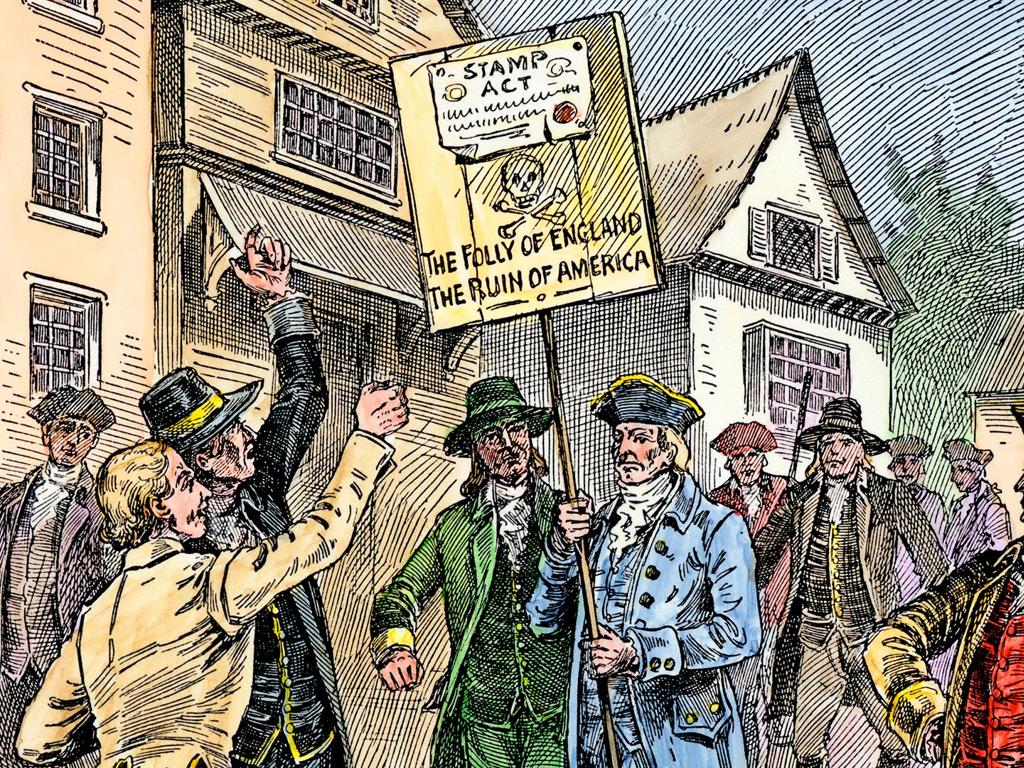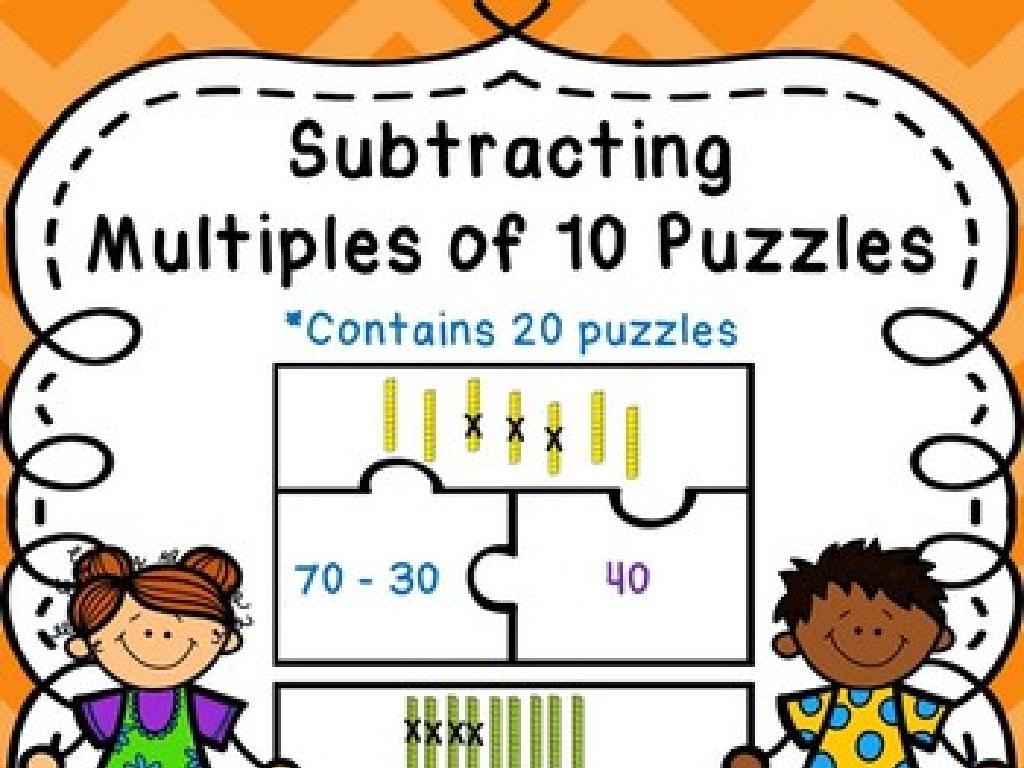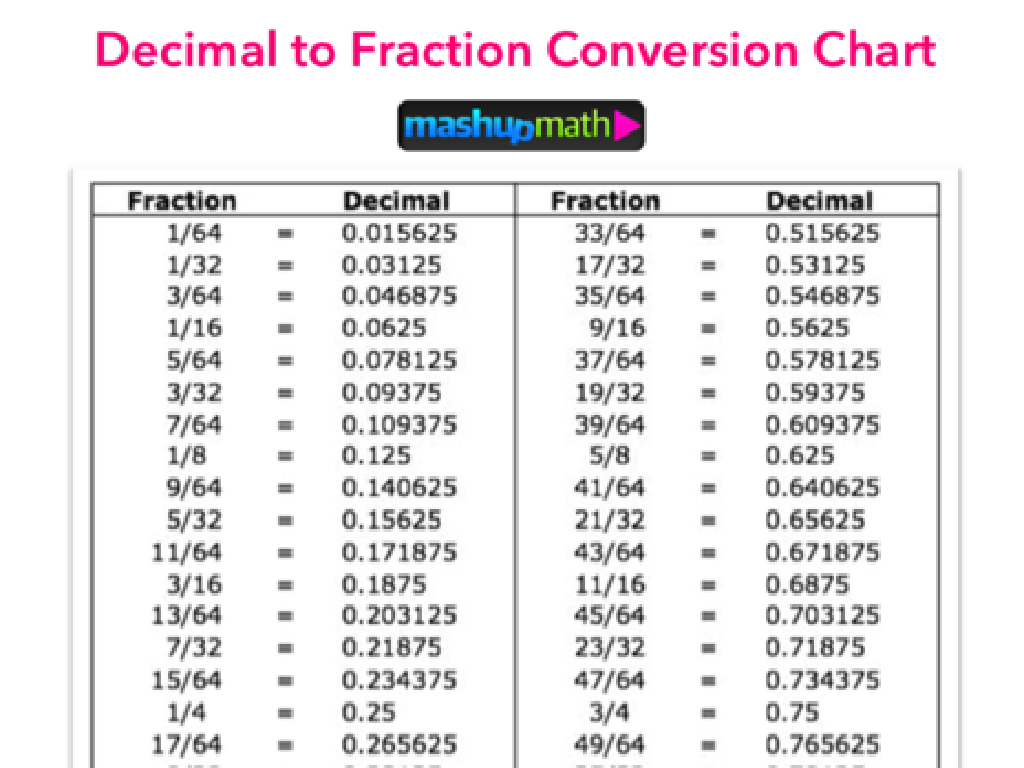Interpret Stem-And-Leaf Plots
Subject: Math
Grade: Seventh grade
Topic: Data And Graphs
Please LOG IN to download the presentation. Access is available to registered users only.
View More Content
Interpreting Stem-and-Leaf Plots
– What is a stem-and-leaf plot?
– Visual tool for organizing numerical data, showing frequency
– Interpreting data with stem-and-leaf
– Each number split into a stem (digit/s on the left) and a leaf (last digit)
– Organizing data effectively
– Sorts numbers to show data patterns clearly
– Significance of data organization
– Helps in understanding data distribution and central tendencies
|
This slide introduces students to stem-and-leaf plots, a key concept in understanding data representation. Begin by explaining that a stem-and-leaf plot is a method of displaying data that helps to maintain the original values while showing the distribution. Emphasize the importance of interpreting data through this visual format, as it allows for a quick assessment of data patterns and outliers. Discuss how organizing data in this manner can reveal trends and central tendencies such as the mean, median, and mode. Encourage students to think about why organized data is crucial in math and in real-world scenarios. Provide examples of stem-and-leaf plots using real data sets for students to practice.
Understanding Stem-and-Leaf Plots
– Define stem-and-leaf plot
A type of graph to organize numbers, showing frequency of data.
– Identify parts of the plot
Stem: the leading digit(s), Leaves: the trailing digit(s), Key: explains how to read the plot.
– Compare with other graphs
Unlike bar graphs, stem-and-leaf plots retain original data values.
– Interpretation and key usage
Use the key to understand the scale and read exact values from the plot.
|
This slide introduces the concept of stem-and-leaf plots, a graphical representation of data where each data point is split into a ‘stem’ (the first digit or digits) and a ‘leaf’ (the last digit). Ensure students understand the parts of the plot: the stem, the leaves, and the key, which is crucial for interpreting the data correctly. Highlight how stem-and-leaf plots differ from bar graphs and histograms because they show the actual data points and preserve the original data set. This makes them useful for observing the shape of a data distribution while still being able to identify individual values. Encourage students to practice creating and interpreting these plots with real data sets.
Creating a Simple Stem-and-Leaf Plot
– Collect a data set
– E.g., gather test scores from the class
– Determine the stems
– Stems represent the leading digits
– Sort data for leaves
– Organize scores in ascending order
– Write leaves by stems
– Place leaves in rows beside stems
|
This slide introduces the process of creating a stem-and-leaf plot, a graphical representation of data. Start by collecting a set of data, such as test scores from the class. Explain that the ‘stem’ is the first digit or digits of each number, while the ‘leaf’ is the last digit. Have students list the stems in a column, then sort their data and write the leaves next to the corresponding stems in ascending order. This visual representation helps students quickly see the distribution of data and is an excellent tool for understanding and interpreting data sets. Encourage students to practice by creating their own stem-and-leaf plots with different data sets.
Interpreting Stem-and-Leaf Plots
– Reading stem-and-leaf plots
– Each ‘stem’ represents a data range; ‘leaves’ are individual data points.
– Calculating range, median, mode
– Range: difference between highest and lowest; Median: middle value; Mode: most frequent.
– Understanding data distribution
– Distribution shows how data is spread out across the plot.
– Analyzing data intervals
– Intervals help us see where data is clustered or spread thin.
|
This slide aims to teach students how to interpret stem-and-leaf plots, a key skill in understanding data in mathematics. Start by explaining the structure of a stem-and-leaf plot, with stems representing ranges and leaves as data points. Show how to find the range by subtracting the smallest data point from the largest, locate the median by finding the middle value, and determine the mode by identifying the most frequent data point. Discuss how the distribution can indicate the spread of data and what that means in real-world terms. Finally, explain how intervals can show where data points are concentrated. Use examples to illustrate these concepts, and prepare to have students practice with actual data sets in class.
Interpreting Stem-and-Leaf Plots
– Example 1: Class height data
– Heights sorted into a stem-and-leaf plot
– Example 2: Monthly temperatures
– Daily highs and lows displayed over a month
– Step-by-step interpretation
– How to read and extract information from plots
– Practice with real data
|
This slide provides students with practical examples of how stem-and-leaf plots are used to organize and interpret data. Example 1 uses the class’s height measurements to create a plot, showing how data is sorted and represented. Example 2 uses daily temperature data to demonstrate how stem-and-leaf plots can be used in a real-world context over a period of time. Walk students through each example, explaining how to read the plot, including how to determine the key, range, and mode. Encourage students to practice by creating their own stem-and-leaf plots using data from their daily lives or from experiments conducted in class.
Class Activity: Crafting Stem-and-Leaf Plots
– Collect class data on favorite numbers
– Each student creates a stem-and-leaf plot
– Organize data with stems as tens and leaves as ones
– Share your plots with the class
– Discuss the results together
– Look for patterns or outliers in the data
|
This activity is designed to provide hands-on experience with stem-and-leaf plots. Start by collecting data as a class, such as everyone’s favorite number between 1 and 100. Guide students through the process of creating a stem-and-leaf plot with this data, using the tens digit as the ‘stem’ and the ones digit as the ‘leaf.’ Once students have created their plots, have them share with classmates to compare and contrast. Discuss as a class what the plots reveal about the group’s favorite numbers. Are there any numbers that are more popular? Any that no one chose? This will help students understand how to interpret data from stem-and-leaf plots. Provide additional support for students who may struggle with the concept of organizing data in this way.
Review and Q&A: Stem-and-Leaf Plots
– Recap stem-and-leaf plot basics
– Review parts of the plot and how to interpret it
– Open floor for questions
– Address student doubts
– Clarify doubts with additional explanations
– Provide extra examples
– Use more examples to ensure understanding
|
This slide is aimed at reinforcing the students’ understanding of stem-and-leaf plots. Begin with a brief recap of what a stem-and-leaf plot is and how to read it, emphasizing the ‘stem’ as the leading digit(s) and ‘leaves’ as the trailing digit(s). Encourage students to ask questions they may have about the topic. Be prepared to address these questions and clarify any confusion. Use the whiteboard to work through additional examples if necessary, ensuring that all students are comfortable with the concept. This interactive session will help solidify their grasp on how to interpret and create their own stem-and-leaf plots.
Homework: Create Your Own Stem-and-Leaf Plot
– Construct a stem-and-leaf plot at home
– Analyze your plot for trends
– Look for patterns or outliers in your data
– Discover an interesting fact
– Maybe a number appears often or a data range is popular?
– Share your findings in class
|
This homework assignment is designed to reinforce students’ understanding of stem-and-leaf plots by having them create one with a data set provided. Encourage students to carefully organize the data into stems and leaves, ensuring they understand the value of each part of the plot. As they analyze their plots, prompt them to look for any noticeable patterns, trends, or outliers that emerge. They should identify at least one interesting fact or trend to share with the class. This activity will help students to not only grasp how to construct the plot but also to interpret the data it represents. For the next class, prepare to facilitate a discussion where students can present their findings and discuss the different trends observed.





